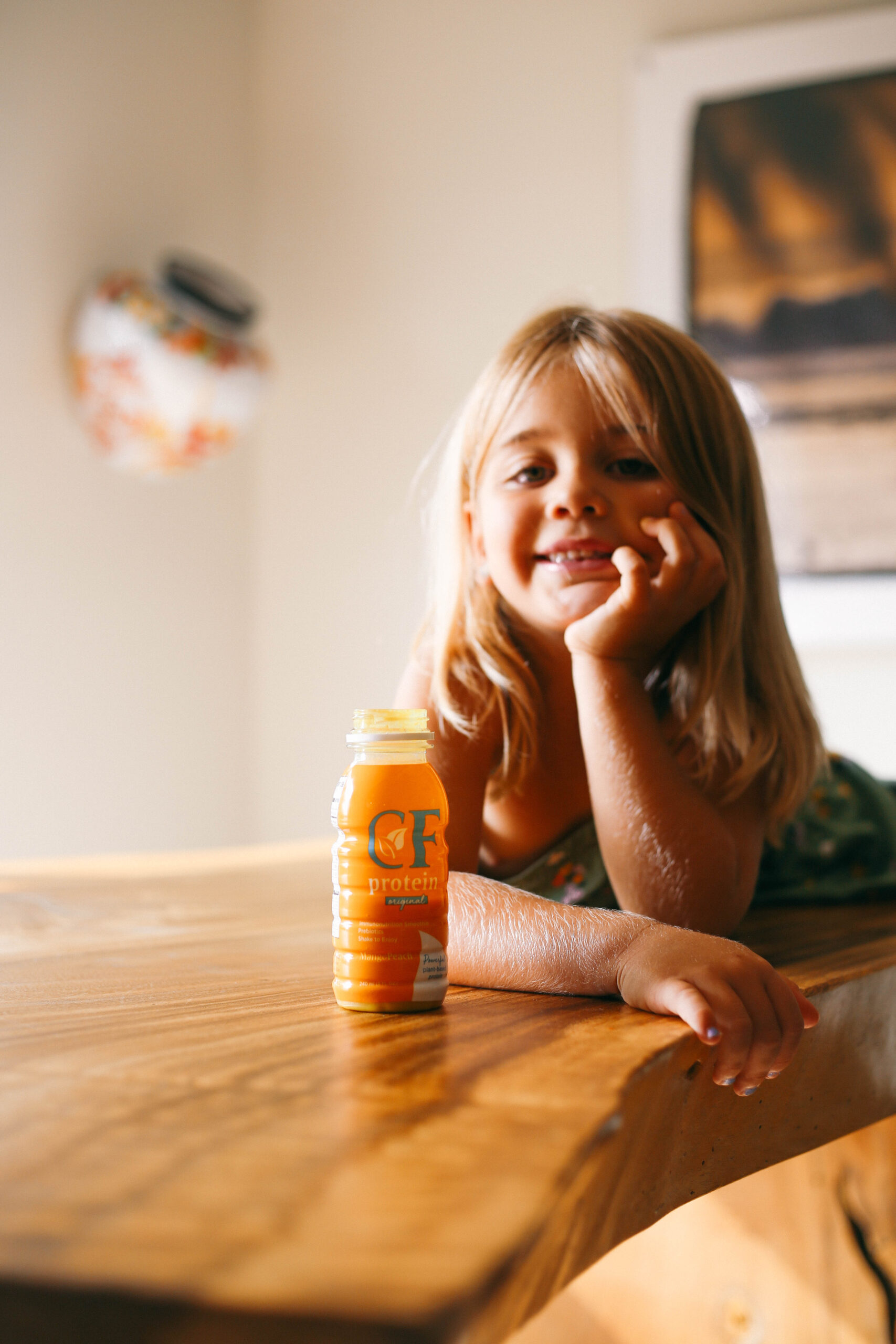Full-time teacher? As a parent, you likely didn’t sign yourself up for that. However, 2020 has turned many moms and dads into full-time teachers (on top of the endless responsibilities they already had to juggle). This by NO means is an easy task and we are here to help you navigate this new job title you probably weren’t expecting. When kids are at home all day, there are new challenges that can make it more difficult to keep our kids happy and healthy. Today, we’re sharing some tips and advice from Kara McCracken, a Registered Dietitian, on ways to keep your little ones active, well-nourished, and thriving during these crazy times.

Obstacle 1: Endless access to the refrigerator
When children are at school, they have set meal times to enjoy their snacks and lunches. With packed lunches, you normally provide your child with all the food they will eat throughout the school day. However, when kids are being taught at home, they have access to the refrigerator and pantry all day long. If you are a working mother, sometimes your child may be left alone to do their work and they may be taking several unnecessary trips to the fridge or pantry. This sort of excess snacking can eventually lead to weight gain, especially when you consider most foods marketed for children tend to be loaded with sugar, sodium, and other unhealthy additives. Overtime, overconsuming these types of foods could put children at risk for developing lifestyle diseases like diabetes, heart disease, and other similar conditions later in life.
To ensure your kids stay healthy while distance learning, It is very important to set designated snack times during their school day. If your child struggles to choose snacks on their own, I recommend supervising them during this time. Try to create a well-balanced snack for your child so they are left feeling satisfied and won’t be tempted to go back to the pantry an hour later. The best case would be to provide your child with a snack that has protein, a complex carbohydrate, healthy fats, and fruits and vegetables whenever possible.
Here are some examples of some satisfying and well-balanced snack options:
- ½ apple with 1 tbs of nut butter and whole-grain crackers
- Greek yogurt with blueberries and shaved almonds
- Hard-boiled egg with string cheese and carrots
- Wheat thins and hummus with celery
You might also find it helpful to prepare your child’s lunch as you would if they were going to school. If you don’t have the time to prepare your child’s lunch during lunchtime, I recommend packing it the night before or in the morning so it is easily accessible to them when their lunchtime rolls around. This way, they won’t be tempted to throw together an unhealthy and unsatisfying meal of their own.
Obstacle 2: No more recess or afterschool sports
Another issue with kids learning from home is that there is no longer recess and lunch breaks. Typically, kids are watching the clock, counting down the seconds until the school bell rings signaling it’s time for lunch or recess. These outdoor classroom breaks offer an opportunity for your kids to not only socialize with their friends, but also get some physical activity as they run around the playground. Now, children are often playing on their phones or iPad during their breaks instead of getting outside and running and playing. Without this 30 to 60 minutes they used to get to run around, children are missing an incredible opportunity to get in some exercise without even realizing that they are doing it. Instead of letting your kids get sucked into even more screen time during their breaks, try to get them moving at home so they can remain active and stay focused for the rest of their school day.
Some ways to encourage your child to get active during their breaks:
- If you have a big yard, let them play catch with you or their siblings
- Order a jump rope off amazon so they can use it during lunch break
- Take a walk around your neighborhood after your child eats lunch
- Encourage your child to watch a dance class on YouTube to get active
If your child participated in extracurricular activities that have been canceled this year, encourage your child to get moving after school rather than jumping into video games or switching on the television. Brainstorm activities that your child enjoys and find ways to incorporate those into their evening routine. Help them find fun and accessible ways to exercise, like kid-centered Youtube workout videos, or get outside to play with them yourself. Taking walks together as a family is another great way to get everyone moving and out of the house after a day stuck inside. Designate at least 30 minutes each day for after school activity and ensure your child does something they enjoy during this time.
Obstacle 3: Weight Gain; How Do I React as a Parent?

If your child has begun to gain weight during this pandemic, it is important to address this appropriately and with sensitivity. Even with their best interest in mind, sometimes parent intervention can make this situation worse. If you begin to place too much pressure on them to lose weight, it can cause irreparable damage to your child’s relationship with food, exercise, and body image. As a parent, it’s important to be supportive and encouraging as you help your child to navigate staying healthy during a strange time. Act as a role model to your child through your own mindful eating practices and by choosing wholesome, natural foods to eat. Rather than telling your child they need to lose weight, focus on providing healthy options for them to choose from during meals and snack times. Encourage them to eat well balanced meals rather than focusing on avoiding or eliminating certain types of foods. We recommend that you avoid discussing weight or direct conversations around weight loss specifically. Instead, discuss the benefits of eating fruits and vegetables while you avoid conversations that could perpetuate negative self-image ( and that includes how you speak about your own body as well). If you think your child is struggling with their relationship with food or body, seek a professional to step in as soon as possible. And if your teenager seems to be struggling with poor self-esteem related to their view of their body or weight, we suggest looking into the type of content they’re consuming on social media and which accounts they are following since the digital world has added a new level of scrutiny and comparison surrounding body image and appearance for the younger generations . Remind your child that people come in all shapes and sizes and that is perfectly okay.
This is a challenging time for everyone. We hope you can use these recommendations as a resource and use these tips to keep you and your family healthy as we navigate our new normal.
